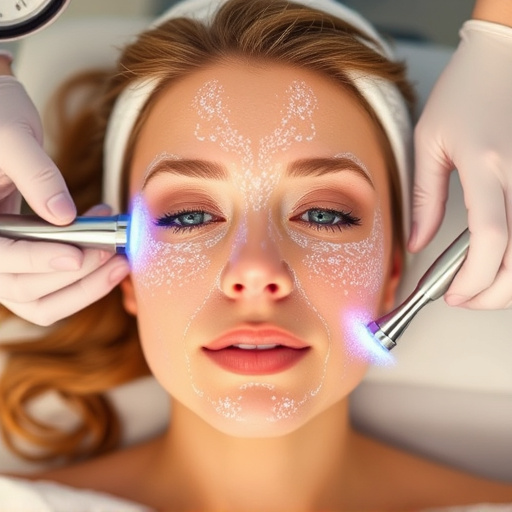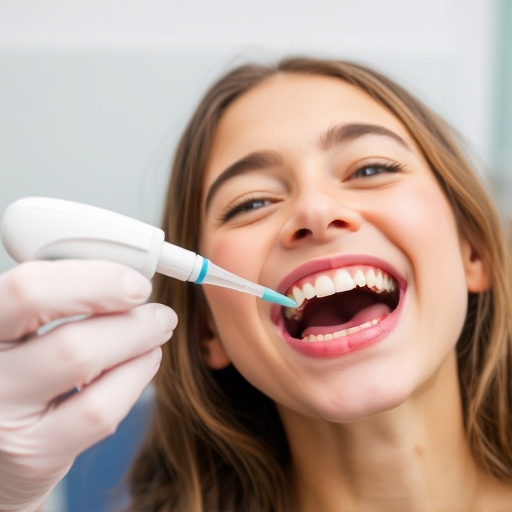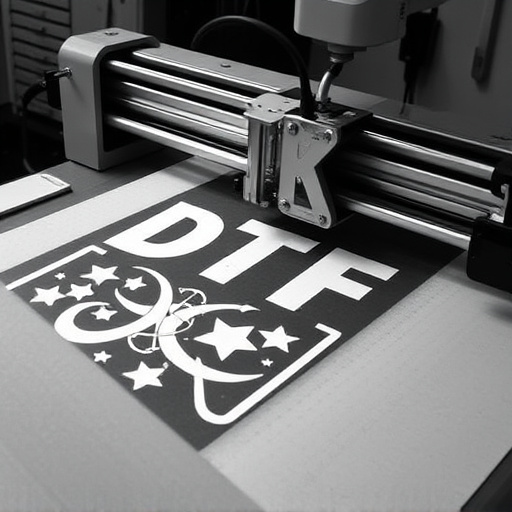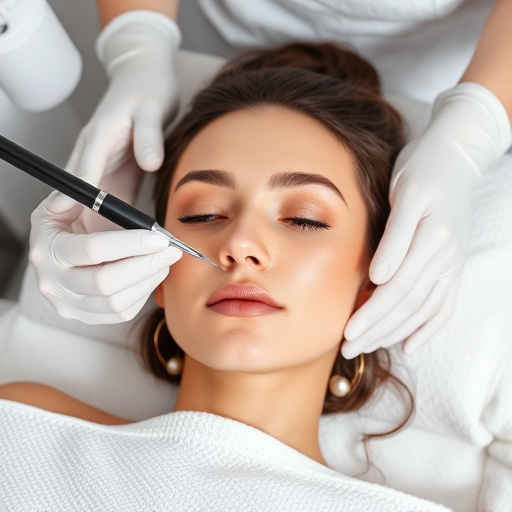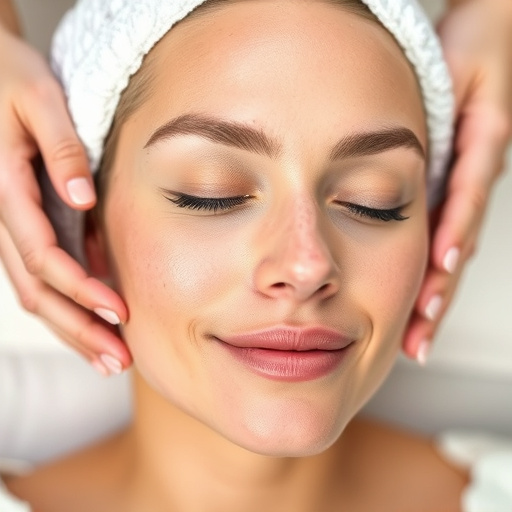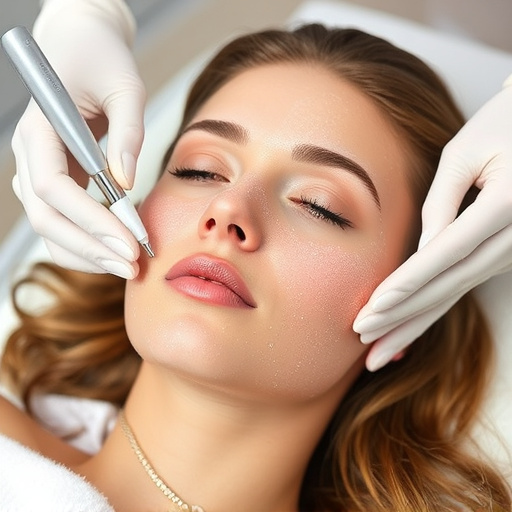Understanding hair growth cycles is key to achieving hair free skin. In 2025, modern skincare offers advanced solutions like topical treatments with khatiniol and DHA, inhibiting hair production for longer results. Laser hair removal is a game-changer for permanent results, targeting melanin in follicles. Personalized routines with anti-aging treatments enhance skin recovery, contributing to a youthful appearance—all desirable goals for hair free skin.
Achieving hair-free skin has evolved significantly in 2025, offering a plethora of effective solutions. This article delves into three key areas: understanding the intricate hair growth cycle, exploring topically applied treatments and inhibitors for hair reduction, and examining permanent hair removal methods as long-term solutions. By embracing these strategies, individuals can attain and maintain smooth, hair-free skin, enhancing confidence and self-esteem in an ever-changing beauty landscape. Uncover the secrets to achieving a radiant, hair-free complexion in the modern era.
- Understanding Hair Growth Patterns and Cycle
- Topical Treatments and Inhibitors for Hair Reduction
- Long-Term Solutions: Permanent Hair Removal Methods
Understanding Hair Growth Patterns and Cycle

Understanding hair growth patterns is key to achieving a hair-free skin regime. Hair grows in phases—anagen (active growth), catagen (transition stage), and telogen (resting phase). The anagen phase determines how long your hair will grow, while the other two phases contribute to natural shedding, ensuring a balanced cycle. Knowing this allows you to target specific stages for effective hair reduction or removal.
For instance, certain treatments are most efficient during the anagen phase when hair is actively growing. Customized facials and skin rejuvenation techniques can also be tailored to disrupt the growth cycle, promoting smoother, hair-free skin. Additionally, addressing underlying conditions like acne treatments can prevent hair from entering the anagen phase in the first place, contributing to a overall healthier complexion.
Topical Treatments and Inhibitors for Hair Reduction
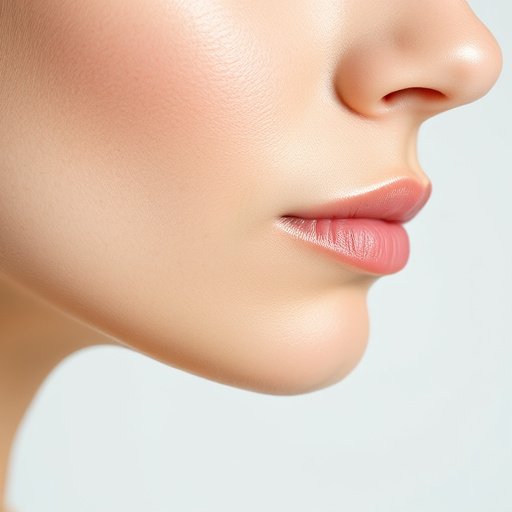
In the quest for achieving hair free skin, topical treatments and inhibitors have emerged as powerful tools in 2025. Modern skincare has witnessed a surge in innovative solutions that go beyond traditional shaving or waxing methods. These advanced options offer longer-lasting results and can significantly reduce unwanted hair growth. Ingredients like khatiniol and diohidroxyacetic acid (DHA) are increasingly popular in professional skincare routines due to their effectiveness in inhibiting hair production.
Many topical treatments now incorporate active ingredients that target the root of the hair, slowing down or stopping its regrowth. This not only provides a more permanent solution but also helps maintain smoother, softer skin. Moreover, combining these treatments with other procedures like skin tightening can further enhance results, making it an attractive option for those seeking a comprehensive approach to achieving and maintaining hair free skin.
Long-Term Solutions: Permanent Hair Removal Methods

In the pursuit of achieving and maintaining hair-free skin, long-term solutions offer a permanent respite from the constant upkeep of removal methods. Permanent hair removal techniques have evolved significantly, providing individuals with effective and safe options to embrace smooth, silky skin. One such method is laser hair removal, which targets the melanin in hair follicles, inhibiting future growth. This non-invasive procedure is highly effective for various hair types and skin tones, making it a popular choice for those seeking long-lasting results.
Personalized skincare plays a crucial role in enhancing the outcomes of permanent hair removal treatments. By tailoring skincare routines to address specific concerns like dryness or sensitivity, individuals can ensure their skin recovers optimally after each session. Additionally, incorporating anti-aging treatments, such as retinol and peptide serums, can further improve skin texture and reduce any potential wrinkles, contributing to a more youthful and radiant appearance—a desirable outcome for anyone striving for hair-free skin in 2025.
Achieving and maintaining hair-free skin in 2025 is more accessible than ever with a combination of effective topical treatments, innovative inhibitors, and permanent removal methods. By understanding the hair growth cycle and exploring these diverse solutions, you can select the best approach for your needs, ensuring long-lasting results and a smoother, more confident you. Embrace the future of hair-free skin with these cutting-edge tips.



